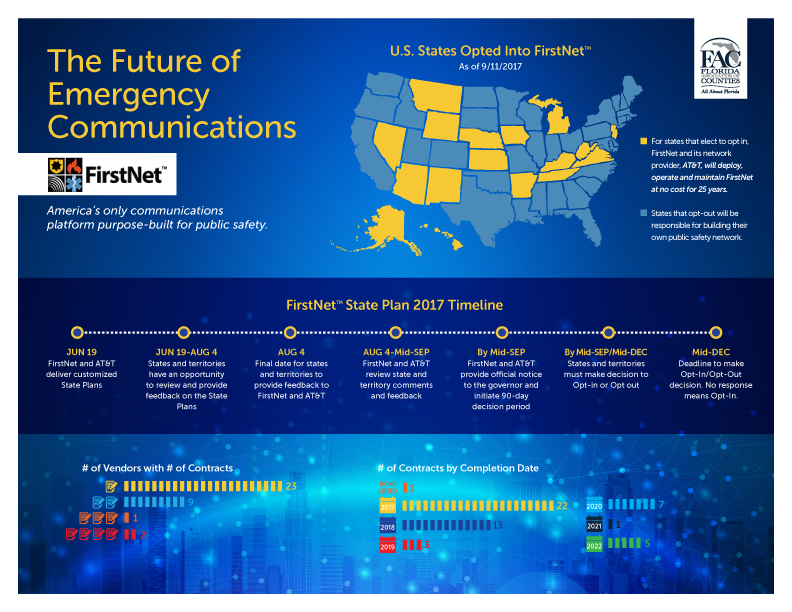
Drones and Public Safety
Unmanned Aircraft Systems (UAS) – commonly referred to as drones have swiftly become essential innovative equipment for public safety agencies across the nation, proving its competence for search and rescue, crash reconstruction, 3D mapping, surveillance, scene overwatch, and various other scenarios. Not all agencies have the capability or budget to operate aircrafts and maintain the up keep. Even if they can, helicopters are not always the best tool for the job. While drones do not replace aircrafts in all instances, there are many times that a drone can effectively complete the task in a much safer and more cost-effective manner. Drones are outperforming aircrafts and showing local governments why this is a worthy investment.While they have received varied reviews because of the invasion of privacy, deployment in war, and laws that prohibit the use of drones in public parks and other public places, there is more constructive use that provide safety, protection, and relief from disasters. Natural disasters often destroy environments, making the conditions so problematic that workers are unable to access areas and provide assistance. Drones can take on the tasks where relief workers and man operated vehicles fall short. After Wichita, Kansas was struck by an F-5 tornado, drones were used to identify damaged infrastructure and detect high levels of methane from broken gas lines. Workers then shut down the lines and repaired the breaches before an explosion could occur. The U.S. Fire Administration has observed a tremendous decrease of firefighter deaths while on duty in California because drones can now eliminate the high risks they face and can increase the effectiveness of battling wildfires. Drones can fly in low visibility and can release fire retardants more precisely and safely, transport supplies and be deployed to provide higher situational awareness. Drones equipped with communication systems have the added benefit of being able to sustain contact between the command center and firefighters on the scene. In September 2017 Daytona Beach Police Department used drones to access damage from Hurricane Irma, providing real-time information to the emergency management center. DBPD’s newly operated system helped streamline essential evidence to FEMA for funds and reimbursements. The Center for the Study of Drones conducted in-depth research from publicly accessible data showing an increase by nearly eighty-two percent of public safety agencies with drones since 2017 across the United States. There are now more than twice as many agencies that own drones as there are agencies that own and operate manned aircrafts. More local governments are now exploring the possibility of utilizing drones to support emergency management teams for disaster relief.

In the United States at least 910 local and state police, sheriff, EMS and fire, and public safety agencies have acquired drones over the last several years; two-thirds of the public safety agencies with drones in the U.S. are law enforcement agencies (599). The mainstream of drones operated by public safety agencies are consumer and prosumer models. Most agencies that operate drones did not previously possess their own aerial capability. Of the 910 public safety agencies with drones, 80 also fly a manned aircraft. In Florida, 14 police departments, 10 sheriff offices, 10 fire departments, 2 county offices, 1 city office, and 1 state agency currently use drones
FirstNet – First Responder Network Authority Update
The Middle Class Tax Relief and Job Creation Act of 2012 authorized the conception of a nationwide interoperable wireless broadband network that will enable first responders and other public safety agencies to effectively communicate with each other during emergencies and use new technology to improve response time, increase community safety, and ultimately save lives. With such legislation, the First Responder Network Authority (FirstNet) was established.Most recently, in March 2018, FirstNet gave AT&T the green light to deploy Band 14 – the spectrum granted specifically for FirstNet and public safety – across statewide radio access networks (RANs). With this action, FirstNet initiated the implementation of State Plans and the buildout of the network that public safety began advocating for in the wake of 9/11. The state RANs are now connected to the FirstNet Core giving first responders access to the full range of FirstNet features, including end-to-end encryption; advanced security protocols, and 24/7 security monitoring; superior reliability and availability; a local control interface so incident commanders can boost priority when needed to respond in emergencies; and next generation public safety capabilities such as mission-critical push-to-talk and enhanced location based services. Port St. Lucie launched FirstNet earlier this month. Chief John Bolduc said, "Our Department is the first agency on the Treasure Coast of Florida to use this economic solution for cellular communication. We have high expectations for its use in a natural disaster."

